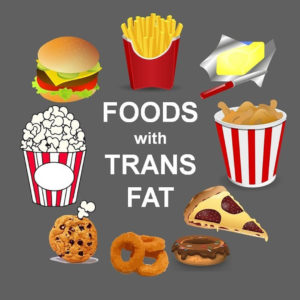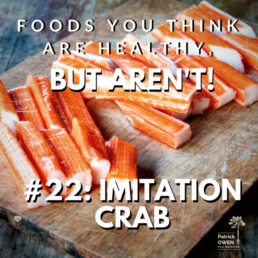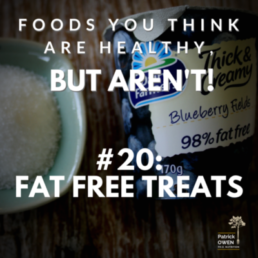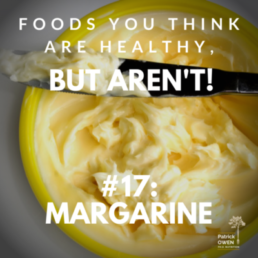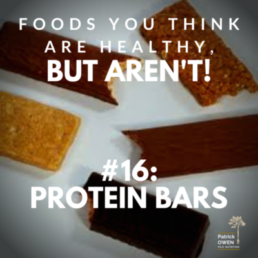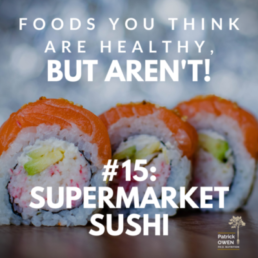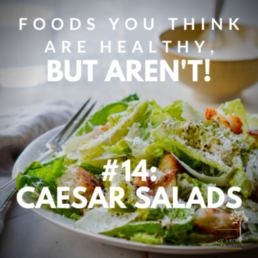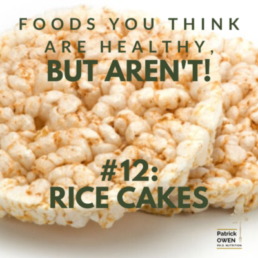Canada  🇨🇦 FINALLY bans artificial trans-fats!
🇨🇦 FINALLY bans artificial trans-fats!
This comes almost 15 YEARS after the ban was proposed.
“Partially hydrogenated oils” will now be added to the list of “Contaminants and Other Adulterating Substances”.
⠀⠀⠀⠀⠀⠀⠀⠀⠀
Artificial trans fats are created by pumping hydrogen molecules into liquid vegetable oil ![]() 🌽, changing the chemical structure and causing the oil to become a solid fat. Trans fats are generally considered to be harmful because they raise total cholesterol while lowering HDL cholesterol.
🌽, changing the chemical structure and causing the oil to become a solid fat. Trans fats are generally considered to be harmful because they raise total cholesterol while lowering HDL cholesterol.
⠀⠀⠀⠀⠀⠀⠀⠀⠀
However, it’s important to differentiate between artificial and naturally occurring trans fats. It may surprise you to learn that many of the foods recommended on a Paleo, Keto or whole foods diet contain trans fats. Dairy fat and meats from grass eating “ruminant” animals contain significant amounts of trans fatty acids, and grass-fed animals ![]() 🐄
🐄![]() 🐔
🐔![]() 🐖 actually have higher levels of these trans fats than grain fed animals. In fact, your grass-fed steak contains about 0.5g-1.4g of trans fat per ounce of total fat.
🐖 actually have higher levels of these trans fats than grain fed animals. In fact, your grass-fed steak contains about 0.5g-1.4g of trans fat per ounce of total fat.
⠀⠀⠀⠀⠀⠀⠀⠀⠀
Does this mean we should avoid all grass-fed animal products, cut out red meat, and only eat fat-free dairy if we want to reduce our risk of heart disease? Not at all! These naturally occurring trans fats in ruminant animal products are not at all harmful to our health, and may actually reduce the development of many different chronic diseases.
⠀⠀⠀⠀⠀⠀⠀⠀⠀
Industrial trans fats have slightly different chemical structures than those trans fats found in beef and butter (specifically, the location of the double bond) ![]() 🔬. Conjugated linoleic acid (CLA) for example, contains both cis- and trans- bonds, whereas most industrial trans fats have only trans bonds
🔬. Conjugated linoleic acid (CLA) for example, contains both cis- and trans- bonds, whereas most industrial trans fats have only trans bonds![]() 🔍. But these minor differences in structure lead to majorly different effects in the body.
🔍. But these minor differences in structure lead to majorly different effects in the body.
⠀⠀⠀⠀⠀⠀⠀⠀⠀
While industrial trans fats are shown to increase the risk of heart disease, cancer, and obesity, CLA and other trans fats found naturally in animal products are actually thought to decrease the risk of those diseases.
